A Journey through Southwest France
by Romain Nugou
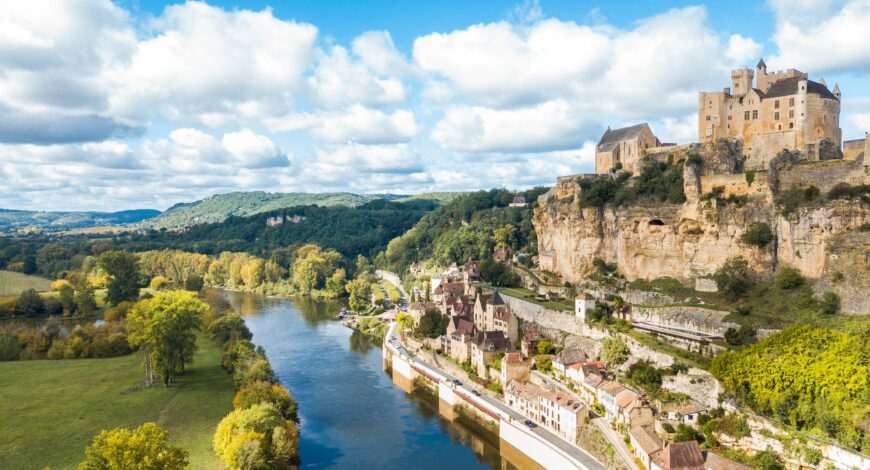
Southwest France is a land of natural beauty and cultural wealth. It has been inhabited for thousands of years and still offers a quality of life that is unmatched. It is no wonder this area was chosen to settle and prosper. I was born and raised in the area and while my affection for this corner of France might be a touch biased, allow me to share with you some of my favourite places.
Cave Art in Dordogne, a glimpse into our past
There is an instant feeling of belonging and connection when I step into a prehistoric cave; I am part of the story that is being told on its walls in what could be “the greatest art museum on the planet”. In September 1940, 18-year-old Marcel Ravidat was walking with his dog Robot when the latter chased a rabbit who took refuge in a hole. The entrance to the world-famous Lascaux Cave was discovered. Coming back a few days later with friends, they entered the cave through a 15-metre-deep shaft that they believed might be a legendary secret passage to the nearby Lascaux Manor. What they discovered were cave walls covered with depictions of animals. Far from being the work of some primitive individuals, these paintings show, on the contrary, a great level of sophistication and the ability for abstraction and symbolism. The history of humanity is one long, interconnected story.
The Larzac Plateau, real treasure of the Templars
I grew up in Auvergne, a region also called the Massif Central. On the foothills of this mountainous area lies the vast Larzac Plateau. This limestone karst environment, also known as causse, is wild and beautiful. Scarcely populated, it is a pastoral area where sheep produce milk for the Roquefort cheese. During the 12th century, the Knights Templar started to farm this land. They gathered the scattered population in villages called commanderies. These farming estates, with a monastic organisation, were vital in generating wealth to support the military efforts in the East and later in Spain. The fortified villages of La Couvertoirade and Sainte-Eulalie de Cernon still stand as a testimony to their enterprise.
Rocamadour and the legendary Durandal
I am always fascinated and intrigued by Rocamadour, a place of legend and history that sits dramatically on the side of a cliff. The village was an important pilgrimage site on the Way of Saint James. Its religious sanctuary can be accessed via the Grand Escalier staircase and features a revered Black Madonna statue. One notable character associated with Rocamadour is Roland, who is prominently featured in the 11th-century epic tale La Chanson de Roland. According to the legend, Charlemagne bestowed upon Roland a magnificent sword named Durandal. In Rocamadour, the legend claims that the sword was deposited in the sanctuary but was stolen by Henry the Young King in 1183. Shortly afterwards, he contracted dysentery and died. Local folklore suggests that Durandal still exists and was captivatingly displayed embedded within a cliff wall. However, this sword mysteriously disappeared in June 2024 despite it being chained to the stone 10m off the ground…
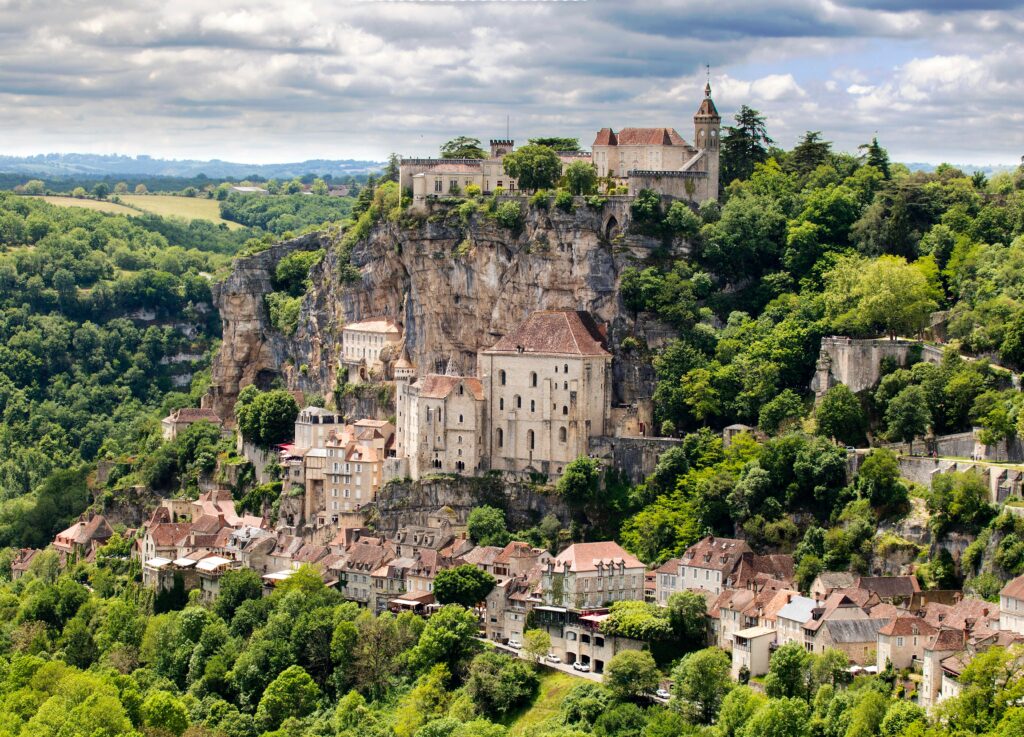
The strategic stronghold of Carcassonne
Few sites are more striking than the medieval city of Carcassonne (which we call La Cité) in my view and I have walked and explored every nook and cranny of its majestic fortifications. Occupied since 3500 BCE, the city’s story is woven with tales of resilience and conquest. Its name remains linked to the legend of Lady Carcas, who supposedly resisted a siege by Charlemagne, and rang the bells to commemorate her victory, hence “Carcas sonne” (Carcas rings). A good story indeed but historical records show the Franks conquered Carcassonne in 759 from its Muslim rulers, before Charlemagne’s reign. Carcassonne served as a strategic stronghold under the rule of the Counts of Barcelona and later the Trencavel family. The city became intertwined with the tragic Albigensian Crusade, and ultimately fell in the hands of the Kings of France who built most of the impressive fortifications we see today.
A land of culinary traditions
Can I really write about France and not mention food? Le Sud-Ouest has outstanding culinary traditions and is an important wine-growing region from Bordeaux to the Mediterranean. A good dish needs to be joined by a good glass of wine! With good food comes markets. Market towns are everywhere, and you could go to the market (faire le marché) every single day of the week going from one village to the other. The market is a tradition, a way of living, and an important element of socialisation and identity. Colours, flavours, textures, local accents are all part of a charming mix. Whether you want to shop around the Saint-Aubin Church in Toulouse, in the medieval covered market of Cordes-sur-Ciel or in the bastide town of Monpazier, the choice is yours…
This personal selection represents only a fraction of what you can experience in this beautiful part of France. I hope it aroused your curiosity and interest, but the best is to join us and see for yourself. And as we say in Occitan, Adishatz!

- View Tours Romain is currently leading
- Watch his short video introducing the ‘Cultural Landscapes of the
Midi-Pyrénées & the Dordogne’ tour
View our current selection of programs to France
Article images
Beynac-Cazenac Image ID: 200874305 Copyright Jon Chica Parada | Dreamstime.com https://www.dreamstime.com/jonxub_info
Sainte-Eulalie de Cernon by Romain Nugou
Rocamadour by Peter Muscutt, pexels.com
The fortified town of Carcassonne by Romain Nugou
The images have been resized for this website.

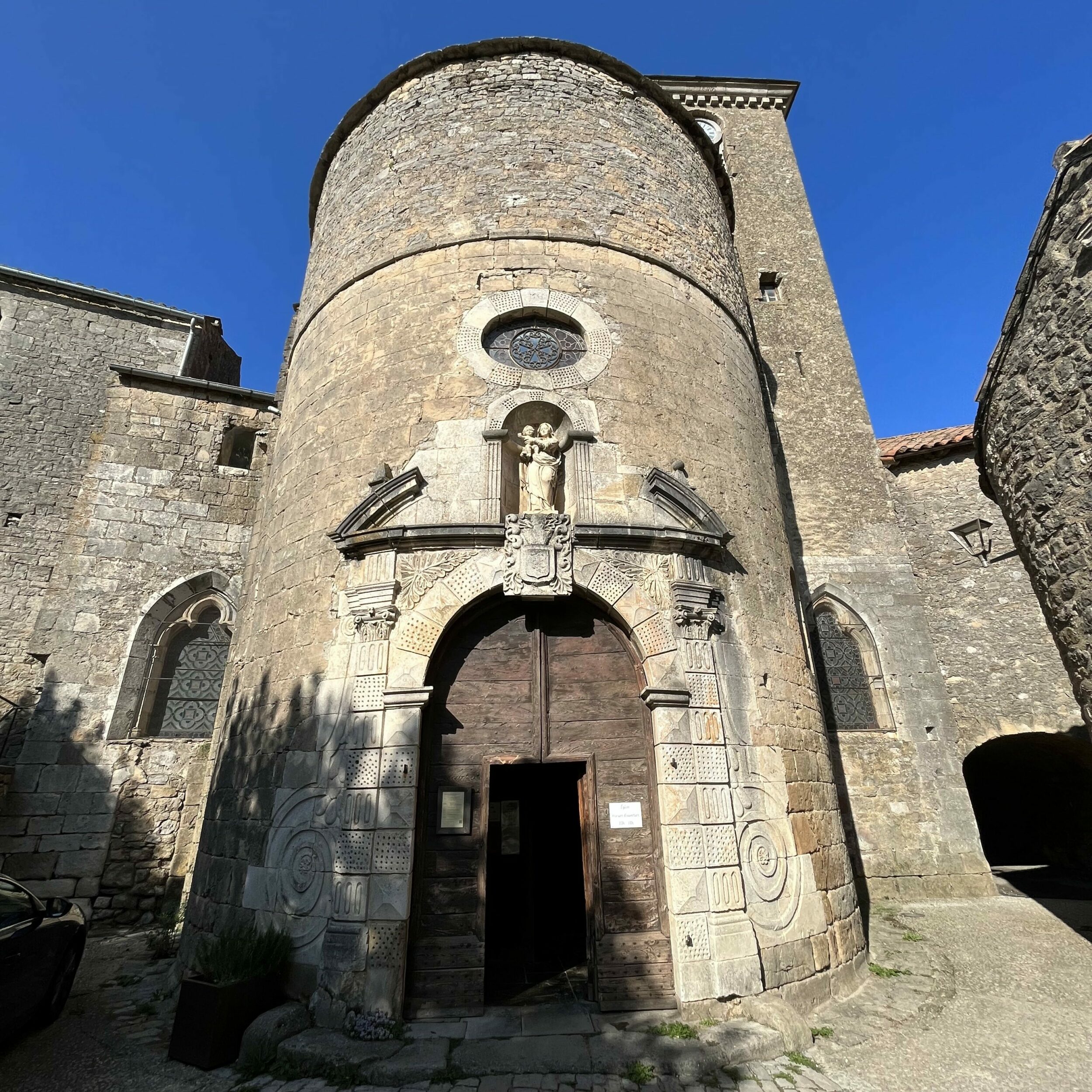
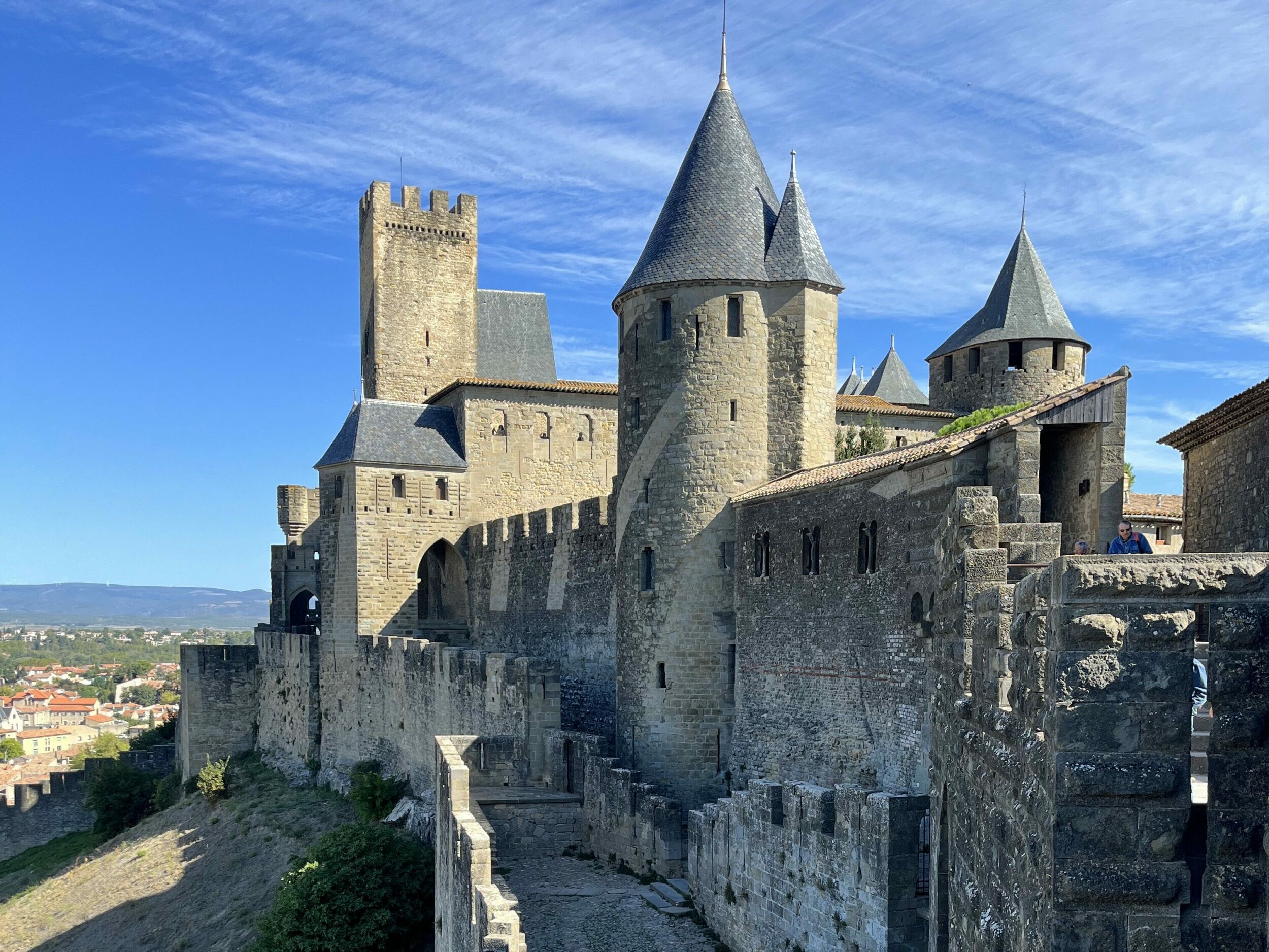
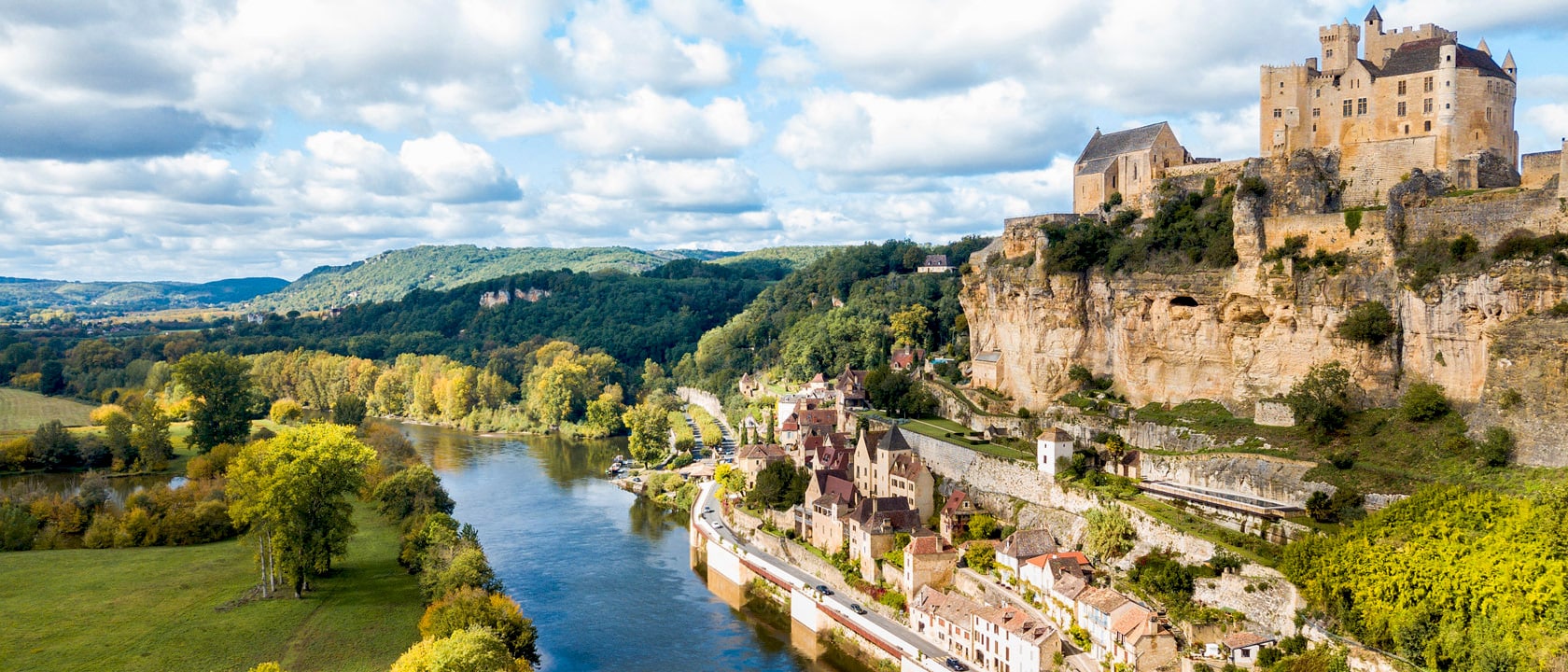 Cultural Landscapes of the Midi-Pyrénées & the Dordogne 2025
Cultural Landscapes of the Midi-Pyrénées & the Dordogne 2025 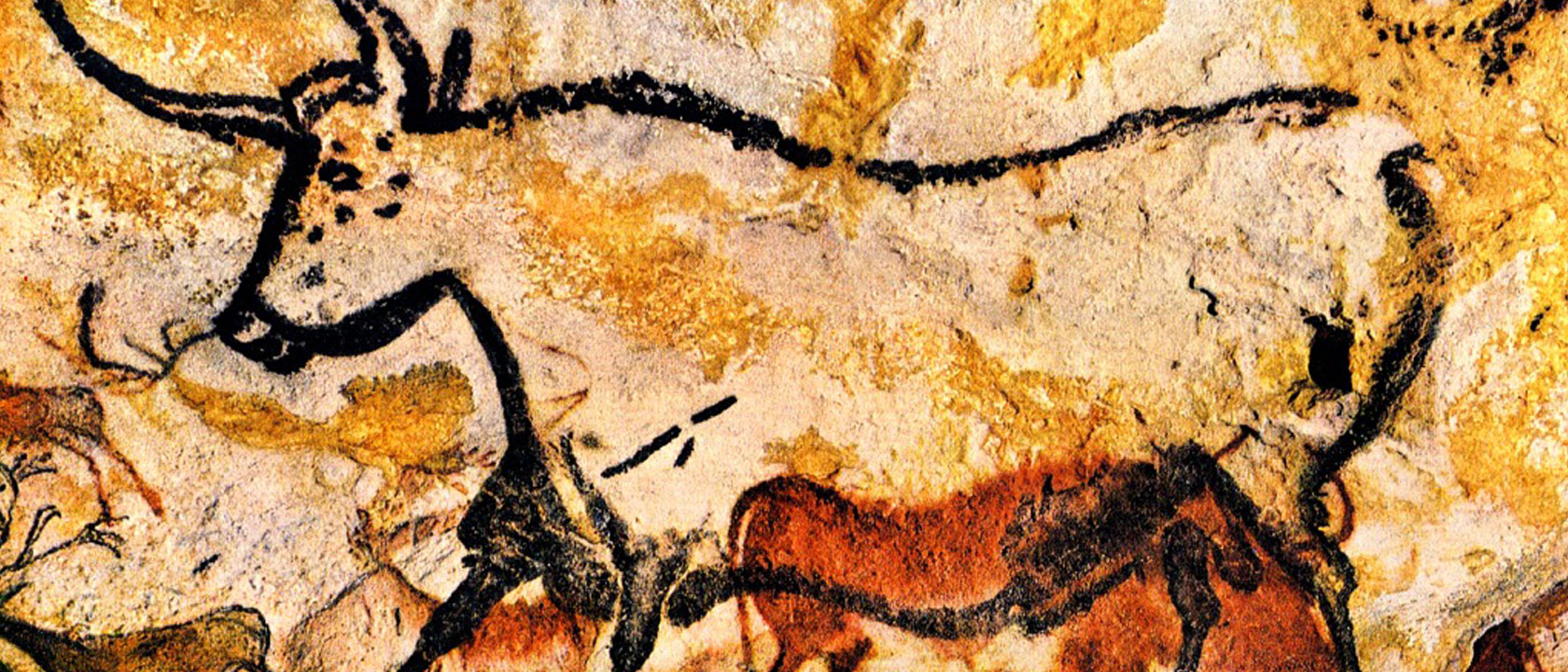 Cultural Landscapes of the Midi-Pyrénées & the Dordogne 2026
Cultural Landscapes of the Midi-Pyrénées & the Dordogne 2026